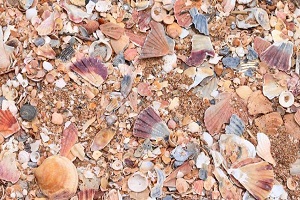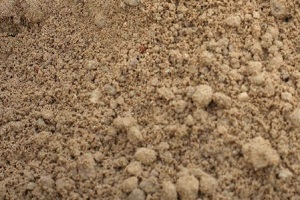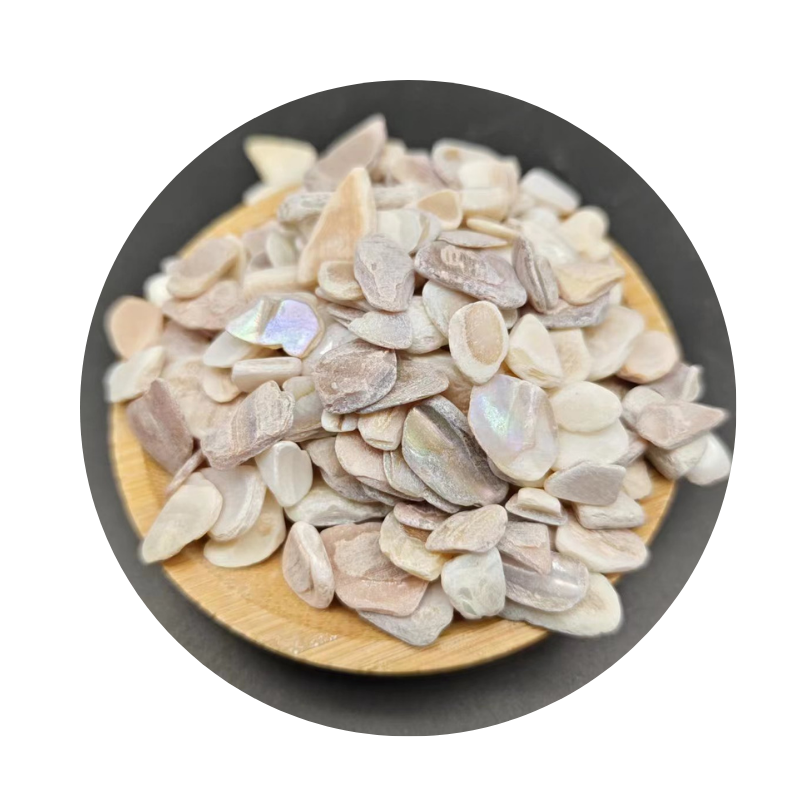
Crushed Shell vs Fill Dirt for Landscaping
Landscaping can be a great way to enhance the look and feel of your outdoor space. Whether you are ready to spruce up your yard or create something from scratch, there are many options available for materials that can be used. Two of the most popular choices are crushed shell and fill dirt for landscaping.
Both crushed shell and fill dirt have their own unique benefits when it comes to landscaping projects, so it’s important to understand the benefits and drawbacks of each type before making a decision on which is right for your project.
What is Fill Dirt?
Fill dirt is an affordable, versatile material used in landscaping projects. Made up of a mixture of clays, sand and silt, fill dirt is sold by the cubic yard and can be used for filling in low-lying areas or to create mounds.
It can also be mixed with compost to increase organic matter, making it a great choice for garden beds. Fill dirt is also lightweight and easy to transport, making it popular among do-it-yourselfers.
Crushed Shell Aggregate vs. Fill Dirt
Both crushed shell aggregate and fill dirt have their own benefits when applied to landscaping projects; crushed shell offers a unique aesthetic while fill dirt is easier to work with due to its light weight and affordability.
The best option will depend on the specific needs of the project being undertaken and should also be chosen based on factors such as budget and desired visual effect of the end result.
Crushed shell aggregate is a unique option for landscaping projects that offers a different structural makeup that enables it to offer its own advantages to landscaping projects.
This type of crushed aggregate consists primarily of crushed shells from oysters and other mollusks. This type of aggregate is a great choice due to its sustainability, durability and the unique look and feel it can add to a project.
 Crushed shells are often used to add texture, color and depth to garden beds, paths, driveways and other outdoor areas. One primary benefit is that they do not degrade over time as soil does, so they will last much longer and require little maintenance once they are installed.
Crushed shells are often used to add texture, color and depth to garden beds, paths, driveways and other outdoor areas. One primary benefit is that they do not degrade over time as soil does, so they will last much longer and require little maintenance once they are installed.
The crushed shells provide an attractive look with their natural colors and shapes while also providing excellent drainage. In addition to their aesthetic appeal, crushed shells add calcium and other micronutrients to the soil.
Fill dirt is a versatile material that can be used for foundations, backfill, raising plant beds or filling holes or cracks in the landscape. It is also sometimes used to level off the uneven ground, or as a base for concrete projects.
When trying to choose between crushed shell vs fill dirt for landscaping, each material has distinct pros and cons that should be considered when making a decision about which material to use for your project.
Overall, crushed shells are:
- Great for accent pieces
- Used to create functional walkways
- Providers of great soil nutrition for plants
- Natural, sustainable option
Fill dirt offers several advantages over crushed shells as well. Fill dirt is much less expensive than crushed shells since it can easily be acquired and even ordered online for delivery purposes.
 Fill dirt also compacts better than other materials making it great for foundations that need stability without added reinforcement from another material, such as concrete.
Fill dirt also compacts better than other materials making it great for foundations that need stability without added reinforcement from another material, such as concrete.
A possible downside of using fill dirt however may be its lack of visual appeal compared to crushed shells, which offer more vibrant colors and designs to any landscaping project.
In addition, depending on where you get your fill dirt, there may be many unwanted rocks mixed in with it which could cause problems later on with drainage or winter freeze-thaw cycles causing the ground to heave up due to large rocks expanding underneath the soil surface.
It is important to screen out any large rocks before placing the fill dirt down to prevent these issues from occurring later on.
FIll dirt offers the following benefits:
- Great for drainage areas
- Suitable for exposed areas
- Perfect base for concrete, paving and paths
However, its disadvantages include:
- Does not retain moisture
- Does not hold shape over time
Share
-
Premium Pigment Supplier Custom Solutions & Bulk OrdersNewsMay.30,2025
-
Top China Slag Fly Ash Manufacturer OEM Factory SolutionsNewsMay.30,2025
-
Natural Lava Rock & Pumice for Landscaping Durable Volcanic SolutionsNewsMay.30,2025
-
Custom Micro Silica Fume Powder Manufacturers High-Purity SolutionsNewsMay.29,2025
-
Custom Mica Powder Pigment Manufacturers Vibrant Colors & Bulk OrdersNewsMay.29,2025
-
Custom Micro Silica Fume Powder Manufacturers Premium QualityNewsMay.29,2025







